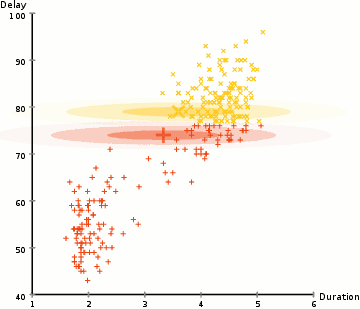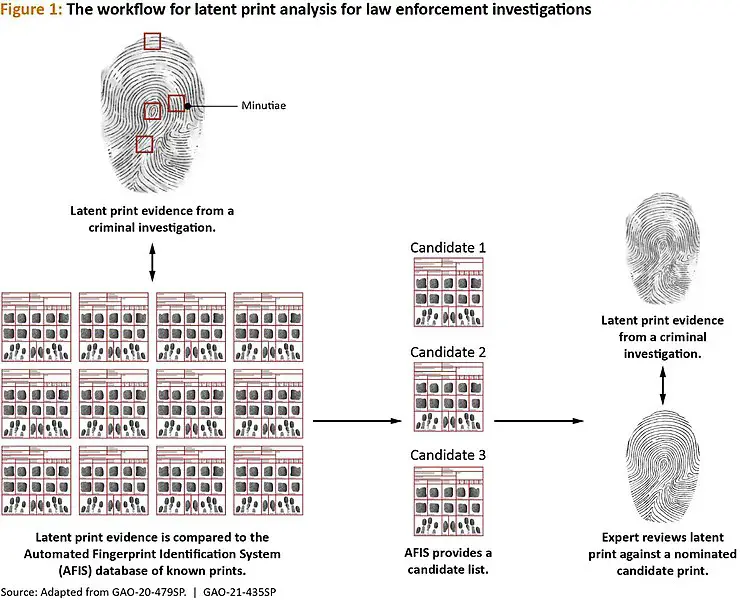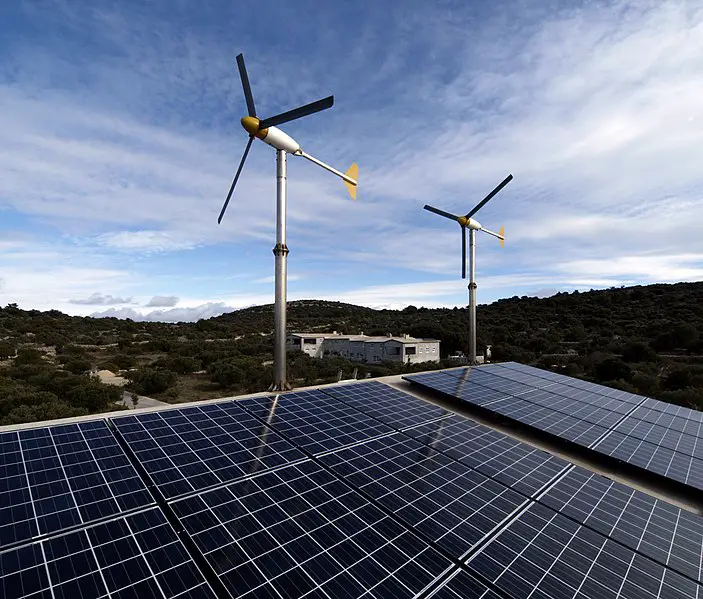DERMS Definition, Energy, Comparison and Benefits Explained
DERMS (Distributed Energy Resources Management System) is an integrated system of hardware modules that are regulated using software programs to optimize the efficiency of energy management operations. This article discusses DERMS definition, energy, comparison and benefits; as outlined below;
-DERMS Definition: 4 Ways to Define DERMS
-DERMS Energy Technologies or Resources
DERMS Definition: 4 Ways to Define DERMS
DERMS, known in full as ‘Distributed Energy Resources Management System’, is a utility that is mostly software-based, and which is equipped to coordinate and harmonize the operations of interconnected distributed energy resources.

The above can be considered a very basic description of DERMS. This is because distributed energy management systems are often elaborate in terns of their constituents, which range from renewable and non-renewable energy resources to energy storage systems, demand response programs, smart grids, and energy management systems.
Below is an alternative DERMS definition that highlights some of these constituents;
A DERMS is an elaborate integrated system that is comprised of hardware and software energy modules, that are synchronized and managed by a single regulatory platform, tool or base [3].
Although the above definition mentions both hardware and software components; in most cases, software is at the center of DERMS. The DERMS definition below further supports this point;
DERMS is an artificial intelligence-based software program which coordinates and(manages the functions and operations of multiple but related, distributed energy resources [1].
Lastly, the alternative DERMS definition below outlines the importance and functions of DERMS;
DERMS or Distributed Energy Resource Management System, is a type of energy management system whose functions include bi-directional transmission, communication, and management of microgrids, renewable energy systems, and other interconnected power resources; with the aim of increasing energy conservation, mitigating environmental impacts, saving cost, increasing coordination, energy efficiency, and overall performance.
DERMS Energy Technologies or Resources
DERMS energy technologies and resources simply refer to all elements or constituents of a distributed energy management system, that act as primary or secondary sources of energy.
These include renewable technologies, fuels, ICE generators, and energy storage systems.
Examples of DERMS energy technologies and resources are;
1). Solar photovoltaic systems
2). Micro-turbines
3). Geothermal facilities
4). Wind turbines
5). Portable electric generator
6). Biofuel-fired power plant
7). Hydroelectric system
8). Fuel cells
VPP Vs DERMS Utility
VPP (Virtual Power Plant) and DERMS, are very similar systems in terms of their functions.
However, each of these is a unique entity with its own concept, context, and relevance.
The difference between VPP and DERMS lies in their functional basis; where VPP is purely virtual and software-based, and DERMS is both virtual and hardware-based.
As a result, VPP utilities are used solely for cloud-based, remote regulatory purposes; and may function independent of the configuration or spatial distribution of hardware elements in a power supply network.
On the other hand, DERMS utilities are both software and hardware-based, and cannot function unless the spatial configuration of hardware modules is set-up in such a manner that allows for effective control.
DERMS utility has direct communication with hardware components, whereas VPP utility is used for system-wide, holistic control, and does not necessarily take individual modules into account as unique entities.
The locational dependency of DERMS implies that these systems require more complex integrations to function fully, than a typical VPP.
As a virtual power plant, the scope of relevance of a VPP is mostly restricted to operations involving the generation and distribution of electricity. On the other hand, DERMS utilities are always fully involved in other operations like energy conservation, efficiency optimization, modular monitoring, scheduling, and scaling.
Renewable energy integration, sustainable development, circular economy, and energy transition, are all favored more by DERMS, which represents an elaborate utility that is capable of multifunctional operations, and therefore associated with multiple benefits.
While these concepts are also favored by VPPs, their application is restricted to virtual operations, which are only a singular aspect of the energy management process.
Basically, DERMS are comprised of multiple, small-scale resources that are effectively integrated, virtually and physically. These systems are capable of providing any level of grid control (small-scale, large-scale) required, with almost any amount of detail.
The same cannot be argued about VPPs, which are equipped for grid control, but may not offer as much flexibility as DERMS utilities.
Lastly, VPP is different from DERMS by being more recent development with lower maturity in technical field.
The table below summarizes VPP vs DERMS utility comparison;
|
Comparison Criteria |
VPP |
DERMS |
|
Control Basis |
Software |
Software, Hardware |
|
Relative Complexity |
Low |
Moderate |
|
Multifunctional Capacity |
Moderate |
High |
|
Granular Grid-Control |
No |
Yes |
|
Technical Maturity |
Low |
High |
|
Versatility |
Low |
Moderate |
|
Locational Dependency |
No |
Yes |
DERMS Platform Benefits
DERMS platform benefits are;
1). Simplifies the process of energy-related decision making
2). Resilience enhancement of power management networks
3). Minimization of energy wastage or loss
4). Real-time monitoring with high accuracy
5). Reduction of grid-maintenance complexity
6). Lower cost of electricity
7). Seamless integration and collaboration with batteries, inverters and smart grids, for reliable power supply
Conclusion
DERMS is a software and hardware integrated system comprised of modular energy resources that work together to improve resilience, reduce cost and boost performance of power management.
DERMS energy technologies are; solar photovoltaic systems, microturbines, geothermal facilities, wind turbines, portable electric generators, biofuel-fired power plants, hydroelectric systems, fuel cells and deep cycle batteries.
The difference between VPP and DERMS is that VPP is software-based, while DERMS utility has both software and hardware functionalities.
VPP (Virtual Power Plant) and DERMS, are very similar systems in terms of their functions.
DERMS platform benefits are; simplified decision making, resilience enhancement, wastage minimization, real-time accurate monitoring, low grid maintenance complexity, low electricity cost, and seamless integration for improved performance.
References
1). Poudel, S.; Sharma, P.; Dubey, A.; Schneider, K. P. (2020). “Advanced FLISR with Intentional Islanding Operations in an ADMS Environment Using GridAPPS-D.” IEEE Access PP(99):1-1. Available at: https://doi.org/10.1109/ACCESS.2020.3003325. (Accessed 6 December 2022).
2). Strezoski, L.; Stefani, I. (2021). “Utility DERMS for Active Management of Emerging Distribution Grids with High Penetration of Renewable DERs.” Electronics 10(16):2027. Available at: https://doi.org/10.3390/electronics10162027. (Accessed 3 December 2022).
3). Wang, J.; Simpson, J.; Yang, R.; Palmintier, B.; Tiwari, S.; Zhang, Y. (2021). “Hardware-in-the-Loop Evaluation of an Advanced Distributed Energy Resource Management Algorithm.” 2021 IEEE Power & Energy Society Innovative Smart Grid Technologies Conference (ISGT). Available at: https://doi.org/10.1109/ISGT49243.2021.9372182. (Accessed 6 December 2022).


